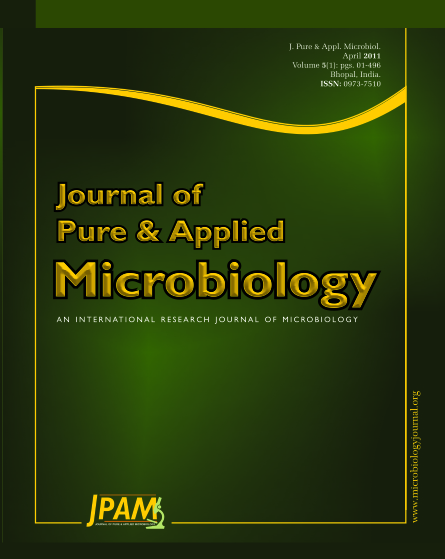Duchenne muscular dystrophy (DMD) is an eventually fatal disorder and is characterized by rapidly progressive muscles weakness and atrophy of muscle tissue starting in the legs and pelvis and later affecting the whole body. It is also reported that, it is very common in the males than the females. The gene for DMD, found on the X chromosome, encodes a large protein dystrophin. Dystrophin is required inside muscle cells for structural support; it is thought to strengthen the muscle cells by anchoring elements of the internal cytoskeleton to the surface membrane. Without it, the cell membrane becomes permeable, so that extra cellular components enter the cell, increasing the internal pressure until the muscle cell “explodes” and dies.The subsequent immune response can add to the damage. Due to dystrophin gene disorder DMD occurs at a frequency of about 1 in 3,500 new-born males. In the present study we have optimized Multiplex PCR which is simple, economical and robust compared to standard simple PCR technique. Multiplex PCR technique is the most efficient way of detecting the dystrophin gene mutations. A set of primers are used to detect the mutations. After running the multiplex PCR bands are finally observed in agarose gel electrophoresis with the help of U.V Transilluminator.
Duchenne Muscular Dystrophy (DMD), Multiplex- PCR, Diagnosis, Dystroglycancomplex (DGC)
© The Author(s) 2011. Open Access. This article is distributed under the terms of the Creative Commons Attribution 4.0 International License which permits unrestricted use, sharing, distribution, and reproduction in any medium, provided you give appropriate credit to the original author(s) and the source, provide a link to the Creative Commons license, and indicate if changes were made.


